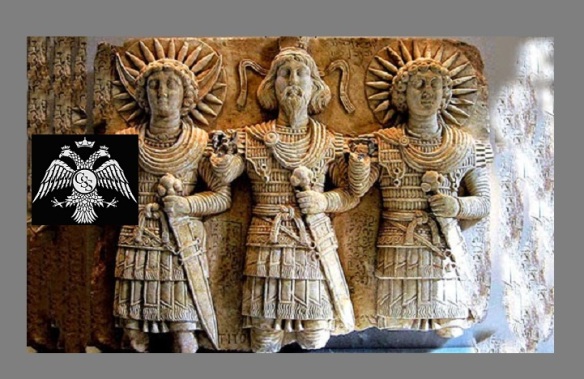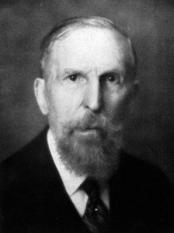© 2019 By Ronald Thomas West
for profit & mass paper media redistribution prohibited
3rd Edition
Foreword
![]() his small work is a short explanation of the fundamental mistake or misapprehension of reality by modern thought. If you’re from the culture that came up with virgin birth, Santa Claus & the tooth fairy, it should be easy enough to understand when your own advances in quantum mechanics call bullshit on everything you were taught is reality, in other words, the Western Cartesian-Platonic based science, right?
his small work is a short explanation of the fundamental mistake or misapprehension of reality by modern thought. If you’re from the culture that came up with virgin birth, Santa Claus & the tooth fairy, it should be easy enough to understand when your own advances in quantum mechanics call bullshit on everything you were taught is reality, in other words, the Western Cartesian-Platonic based science, right?
Recalling Einstein’s “No problem can be solved from the same level of consciousness that created it”, I’d suggest if this were a cultural phenomenon, and if you could gather all of best brains from the history of Western civilization, the real solution would be to identify and weed out the mistakes of the ‘best and brightest.’ Going to that thought, try solving this problem or even grasping the magnitude of the proposed thesis:
A: “The safest general characterization of the European philosophical tradition is that it consists of a series of footnotes to Plato”
-Alfred North Whitehead
+
B: ”The [Plato’s] doctrine that the world is made up of objects whose existence is independent of human consciousness turns out to be in conflict with quantum mechanics and with facts established by experiment” -theoretical physicist Bernard d’Espagnat
=
C: “nouns or millennia destructive process ‘objectifying’ language, projecting individual identity onto pieces of one’s surroundings, or dis- integrating environment; a result of the isolated projection of self or (ego) individuation by Western humanity exclusive of integration to a sentient, aware surrounding, where all environment had been/should be, social” -Ronald Thomas West
For those readers more or less stuck in a rut of the Cartesian-Platonic paradigm of reality, I invite a perusal of the following essays as a creative endeavor in social science fiction (and to wonder at what many, many millions of your tax dollars have been spent exploring in the so-called ‘special access programs’ of the American intelligence community.)
**************************************************************


 By Flavio Barbiero – retired admiral in the Italian Navy who last served with NATO. He is the author of three books, including The Bible Without Secrets, and is an archaeological researcher at the University of Bergamo.
By Flavio Barbiero – retired admiral in the Italian Navy who last served with NATO. He is the author of three books, including The Bible Without Secrets, and is an archaeological researcher at the University of Bergamo. 



 By: Jafe Arnold
By: Jafe Arnold
 he world’s diversity of cultures has successfully defied the “globalization” of the Atlanticist, Liberal, unipolar “End of History” scenario proclaimed in the 1990’s. It is increasingly recognized both de facto and de jure that we are in transition towards a multipolar world order. The historic drama of this process is not always appreciated for what it is: we are on the way towards a world order promising unprecedented cooperation between civilizations based on the refusal of
he world’s diversity of cultures has successfully defied the “globalization” of the Atlanticist, Liberal, unipolar “End of History” scenario proclaimed in the 1990’s. It is increasingly recognized both de facto and de jure that we are in transition towards a multipolar world order. The historic drama of this process is not always appreciated for what it is: we are on the way towards a world order promising unprecedented cooperation between civilizations based on the refusal of





